Gold Leaf Asks: Is Your AML Manual a Legal Document or a Working Tool?
Why this matters now: Regulators are no longer satisfied with manuals that restate the law. They want to see procedures that staff actually use, evidence that controls work in practice, and proof that your firm can spot and stop financial crime. If your anti-money-laundering framework explains what to do but not how to do it, you are carrying operational risk, inspection risk, and reputational risk.
The Gap Inspectors Keep Finding
Many AML, CTF, and CPF manuals mirror legislation. They read well and look tidy. But during inspections, firms struggle to show how those policies translate into day-to-day controls. That gap between policy and procedure is where compliance breaks down and where criminals test your defences.
Policy Tells You What, Procedure Shows You How
A policy might say, “Verify customer identity using reliable, independent documentation.” Procedure answers the real questions:
- Which documents are acceptable for each customer type
- What verification steps occur, in what order, and in which system
- Who is responsible for each step and who signs off
- How to handle exceptions and high-risk triggers
- What to record, where to store it, and how long to retain it
When these answers are documented and embedded in workflows, teams act consistently and auditors can test outcomes. When they are missing, people improvise and controls vary by employee, location, and day.
What Regulators Expect to See in 2025 and 2026
Modern supervisory reviews look for:
- Clear, actionable procedures inside the manual, not in a separate file no one opens
- Evidence that controls operate the same way across the business
- Role-based training that maps to those procedures
- Ongoing monitoring and information management that flags when a control is missed
- Regular testing, with updates aligned to emerging risks and new guidance
This is true across licensed entities and DNFBPs. It is central to strong CDD, EDD, sanctions screening, transaction monitoring, and SAR decisioning.
From Paperwork to Working Tool: What Good Looks Like
An effective AML manual:
- Aligns with local legislation and guidance
- Maps controls to real operational workflows and systems
- Specifies owners, inputs, outputs, and evidentiary records
- Includes forms, checklists, and screen paths that staff actually follow
- Is tested in real cases and updated when gaps appear
The result is a manual people use, not a PDF parked on a shared drive.
Quick Diagnostic: Five Questions for Senior Management
- Can frontline staff show, step by step, how they complete CDD for each customer type?
- Do managers see information management that confirms screening, monitoring, and approvals run as designed?
- When exceptions occur, is there a documented route for review, sign-off, and remediation?
- Could an auditor rebuild a customer risk assessment from the records without extra explanation?
- When regulations or risks change, who updates the procedure, how is it communicated, and how is adoption evidenced?
If any answer is uncertain, your manual is functioning as a legal document, not a working tool.
Why Firms Choose Gold Leaf
Gold Leaf helps compliance teams move from policy on paper to controls in practice. We map workflows, test controls, embed procedures into manuals, and train teams to use them. The focus is simple: build systems that reduce risk, stand up to inspections, and work the same way every time.
Take Action
Do not wait for an inspection to surface gaps. Commission a practical review that tests how your AML, CTF, and CPF controls operate day to day, then update your manual to match the way your business actually works.
Next step: Contact Gold Leaf at info@goldleafbvi.com to arrange a comprehensive AML manual review and procedure uplift. We will help you turn a policy document into an operational playbook your team can trust.
Effective compliance is not about checking boxes. It is about resilient systems that work when it matters most.
